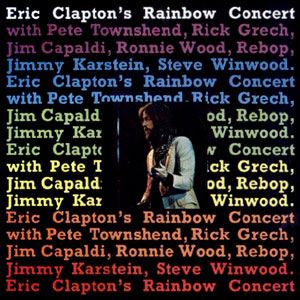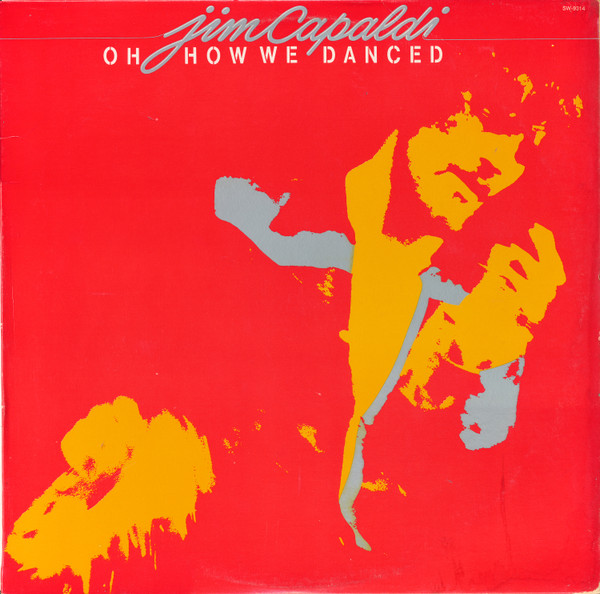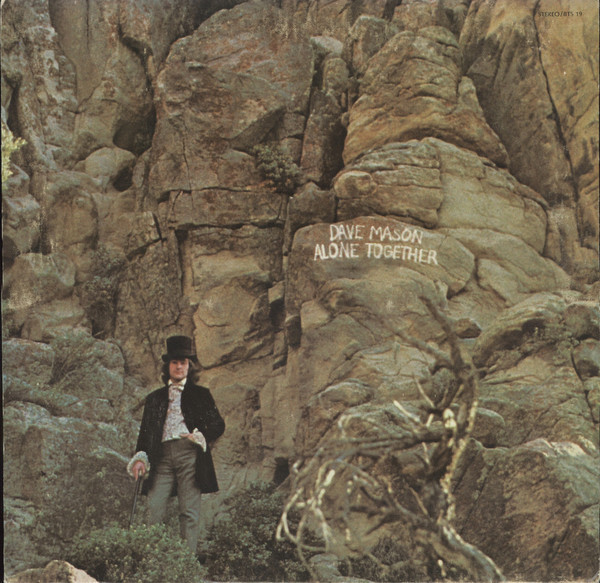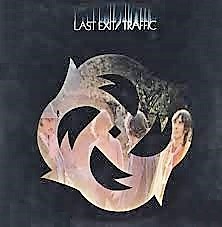After
Blind Faith imploded, Eric Clapton took solace by sitting in with the
Plastic Ono Band and then Delaney & Bonnie & Friends. Ginger Baker saw no reason to stop, and convinced Steve Winwood and Ric Grech to stick around for an even bigger supergroup. Denny Laine, who hadn’t really done anything since singing “Go Now” with the Moody Blues, was brought along to support Winwood on vocals and guitar. Chris Wood from Traffic, Baker’s old boss Graham Bond, and Donovan sideman Harold McNair made up the horn section, while Nigerian drummer Remi Kabaka and Baker’s instructor Phil Seamen filled in the back line. Jeanette Jacobs of the girl group the Cake, who happened to be married to Chris Wood, provided helpful harmonies. The conglomerate was dubbed Ginger Baker’s Air Force, and shows were immediately booked.
The band’s second gig, at the Royal Albert Hall, was recorded by producer Jimmy Miller, and released mere months later as a double album with cover art resembling an inside-out Wheels Of Fire. (The American labels kindly credited vocals and instrumental solos where applicable.) Ginger opens the proceedings by warning the audience that they are about to hear some “very strange numbers.” The first of these is “Da Da Man”, credited to McNair, that stirs up an almost Santana-like frenzy over seven minutes. Winwood leads the singing on “Early In The Morning”, which seems to predict Traffic’s future. He also provides the vocals (with Jeanette) for the meter-challenged “Don’t Care”, which seems to go off the rails anytime the horns try a key change. “Toad” isn’t immediately recognizable as the players start it in a minor key and don’t really follow the original melody, but since we’re here for the drums, that becomes moot.
After 13 spellbinding minutes of Kabaka’s “Aiko Biaye”, Denny leads a horribly out-of-tune slog through “Man Of Constant Sorrow” that’s thankfully under four minutes. “Do What You Like” is well received; the horns attempt a few key changes and Ginger soon leaves behind the other percussionists to solo completely alone to the crowd’s delight. Ginger introduces the band members, and they go out with a jam called “Doin’ It”, credited to Baker and Grech, which ends with a reprise of “Do What You Like”.
Given the number of people and instruments on the stage, Ginger Baker’s Air Force is understandably muddy in places, but holds together well. This is especially astounding considering the pharmaceutical habits of certain band members, several of whom would be dead within a few years.
Winwood wasn’t planning on sticking around after the Albert Hall anyway, and by the time
Ginger Baker’s Air Force 2 was recorded—this time in the studio—most of the band was different. The other drummers were gone, replaced by “Speedy” Acquaye on “African percussion”. Grech and Laine were on some tracks, as was Harold McNair, but two other horn and flute players dominated, as did two or three females who sang in unison. While it also featured a backwards cover, just like the live album, it simply doesn’t keep the momentum going, even over two sides.
Graham Bond is still here, and he bellows the songs that bookend the set: Pops Staples’ “Let Me Ride” and his own “12 Gates Of The City”. The ladies dominate a cover of Cream’s “Sweet Wine”, which opens like a Christmas song, “Do U No Hu Yor Phrenz R?”, which cruelly fades out and back in, and “We Free Kings”, which sports a laundry list of strange imagery in Ginger’s accent but not his voice. Denny revives “I Don’t Want To Go On Without You” from his Moody days, while “Toady” is a retread of the drum solo with insipid lyrics added. (Some countries sported an alternate track order with different tracks from the same sessions, including an unnecessary cover of “Sunshine Of Your Love”, the island lilt of Harold McNair’s “Caribbean Soup”, another song each from Laine and Grech, and an alternate of “We Free Kings” that more directly copies the Xmas song. These can be heard on the currently streaming version of the album, if you must.)
Both Air Force albums have been in and out of print over the years, but this was slightly rectified by 1998’s Do What You Like compilation, which augmented the standard versions of the two with two singles plus Baker’s 1972 album Stratavarious, which took his African interests even further via collaboration with Fela Kuti. (The tracks from the “other” version of the second album were not included.) The first album is still easier to digest.
Ginger Baker’s Air Force Ginger Baker’s Air Force (1970)—3
Ginger Baker’s Air Force Ginger Baker’s Air Force 2 (1970)—2









